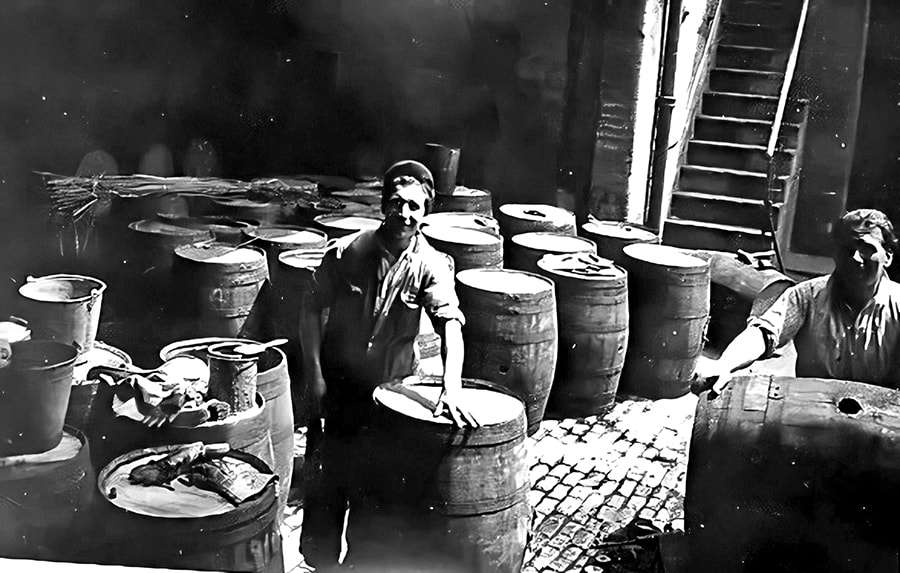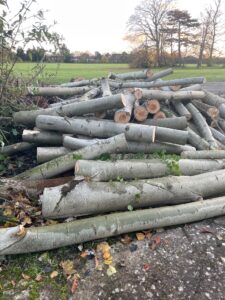All things sugary may be bad for teeth but they were great for Bermondsey residents, writes Debra Gosling…
Jam has proved to be a very beneficial way of sustaining nourishment during times of hardship – a ‘doorstop’ sandwich is cheap, portable and filling. Before the ‘industrial cleansing’ of Bermondsey there were plentiful food factories in the district, the air heavy with the lovely scent of plums, currants and strawberries.
William Hartley was a grocer ‘up north’ who became a jam magnate quite by accident.
In 1871, the breakfast tables of Lancashire were empty after a consignment of jam failed to appear at his shop. Unfazed, Hartley made his own, designing the earthenware pots and labels himself.
Twenty years thereafter, Hartley’s Jam factory landed in Alice Street.
The residents were ecstatic as previously the site had been a tannery; now life was sweet!
The chimney can still be seen but the factory is now luxury flats.
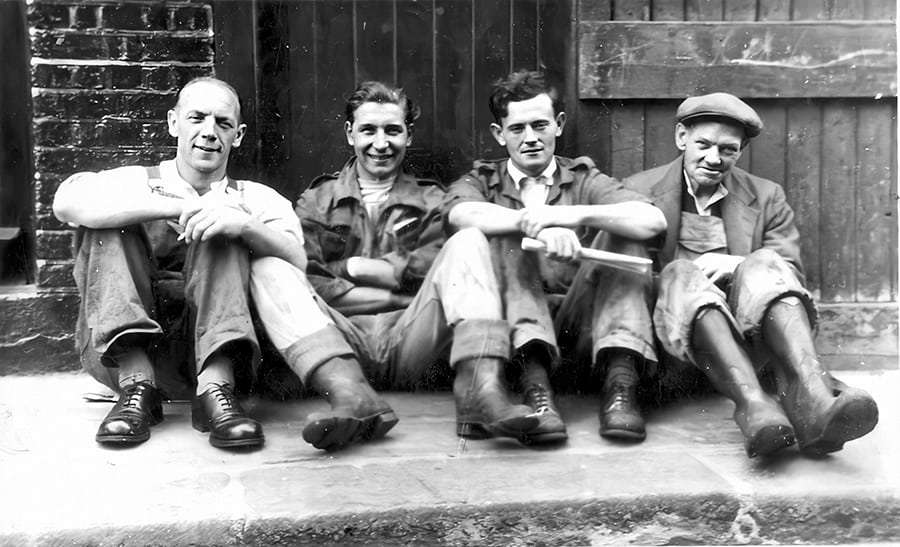
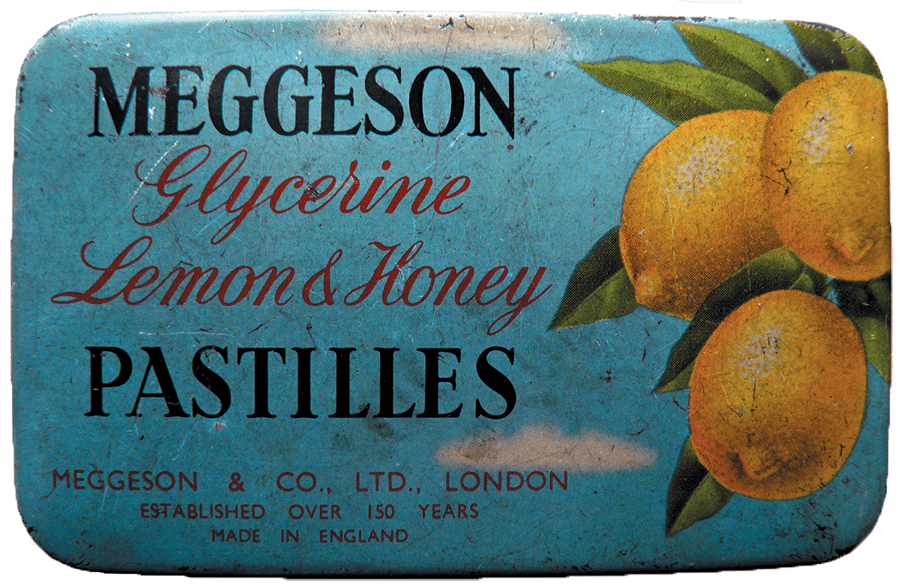
In 1851 Charles Southwell opened his confectionary business in Dockhead, where anything that derived from fruit was made, including kosher jam.
Lemon squash and candied peel used up any glut of fruit. It was rumoured that candied peel was made from the leavings in the music halls but that was not true of Southwells: all of their ingredients were of the best quality.
Oranges were a luxury for Bermondsey people with fresh fruit ‘plucked’ from the boats providing vitamin C!
Southwells imported the oranges to make delicious marmalade.
Risking local rival wars, they produced jelly and blancmange, all bearing the Excelsior trademark.
The Christmas puddings were to die for with plenty of dried fruit, peel and spices; all ingredients that were easily delivered via the river.
Boiled sweets were a speciality with lozenges and drops, plus pineapple cubes suspended in apple jelly, crystallised pineapple sweets, preserved and crystallised ginger and lemon curd. In the Fancy Sweet department a French confectioner busily made fondant crèmes, macaroons and fruit ratafias. The boilers for this sweet production were in the basement of the factory – it had its own private wharf at Dockhead (Springall’s) to load up the prepared goods for export.
Just along the road in Llewellyn Street stood Meggesons, the curious medicated sweet factory that, in its early years, doled out hard drugs willy-nilly!
Before the age of central heating, people lived in cold houses with just a coal fire. Bedrooms were freezing and it was not unusual to go to sleep wearing layers of jumpers, a hat and socks during the winter. Colds, coughs and aches were prevalent. Before the days of sick pay, nobody absented themselves from their job because no work meant no pay. A tin of throat sweets tucked into the pocket was therefore the only bit of relief and comfort at times of illness.
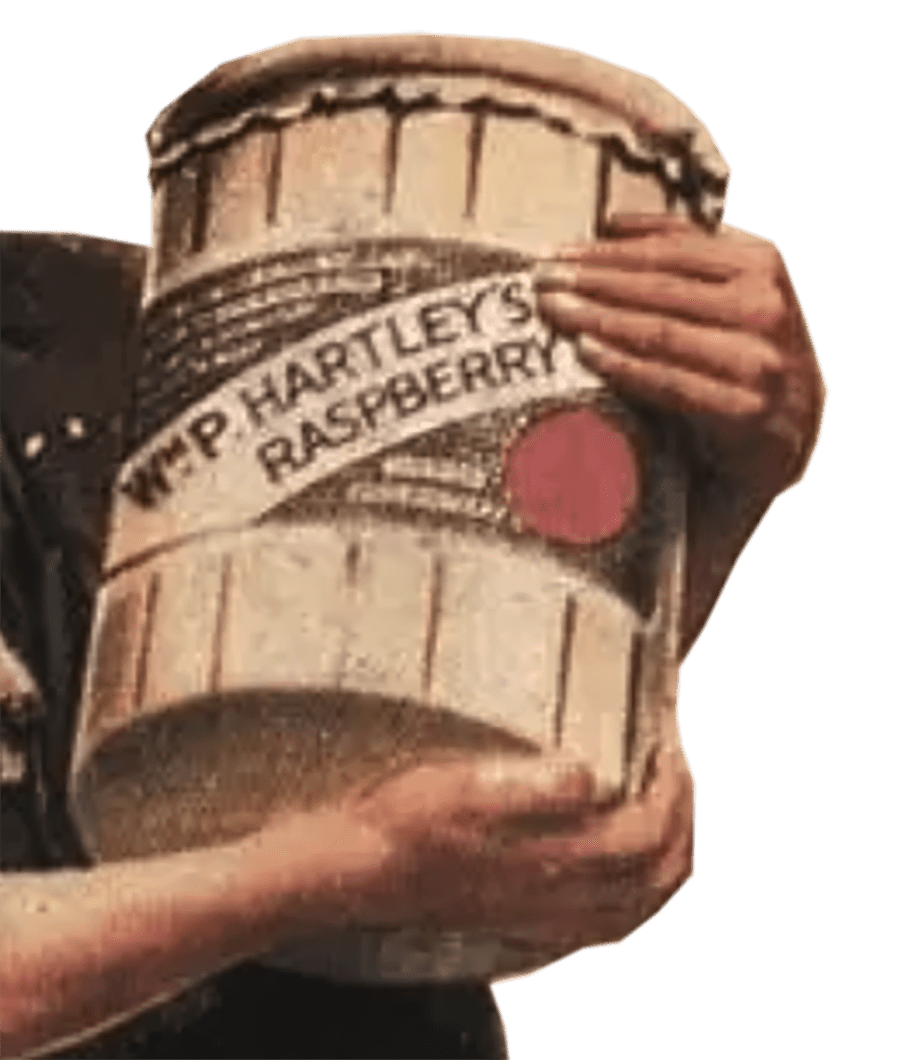
Established in 1746 by George Meggeson, a chemist and apothecary, the company led the market in the production of medicinal throat lozenges.
In the early years the sweets were opium based, the drug at that time not being illegal or regulated. Imagine nowadays sniffing a cocaine-based powder for your catarrh or taking heroin for a bout of bronchitis! ‘A likely story’ the Judge would say as he sent you down for six months. Other sweets contained morphine! Once these magic ingredients were subject to The Pharmacy Act of 1868 the sweets were withdrawn and alternatives were found.
Liquorice is a natural substance and was used extensively for both its purgative and restorative properties.
Meggeson’s had a whole range of liquorice products in their tins. Peppermint, an ancient cure-all, appeared in lozenges, along with aniseed and Pontefract cakes. Their sweet flavours were just like Southwell’s fruit products: pineapple lozenges, lemon barley sugar, ginger barley sugar and candied lemon peel. They even produced blackcurrant jam, which is an old-fashioned cold remedy when added to hot water and taken as a drink.
Paregoric sweets used to be a school-days favourite as kids dawdled home with a quarter in a paper bag.
Paregoric means ‘soothing’, with camphor, aniseed, and benzoic acid making up this delicious cure for suppressing coughs and preventing diarrhoea.
Mothers rubbed the tincture on babies’ gums to relieve the pain of teething. Then there were the chalky sweets sucked to relieve indigestion containing bismuth or magnesia, normally with a bit of mint added for interest.

Really, little has changed in the medicated sweet market. Meggesons moved out of Llewellyn Street in 1966 but they are still trading, albeit as part of a large concern owned by Merck Sharp & Dohme Ltd. They still make cough sweets in their Hertfordshire factory and, should your sweet singing voice get croaky, tins of the remedy are still readily available!
This article is brought to you by our sister publication The Bermondsey Biscuit and Rotherhithe Docker



